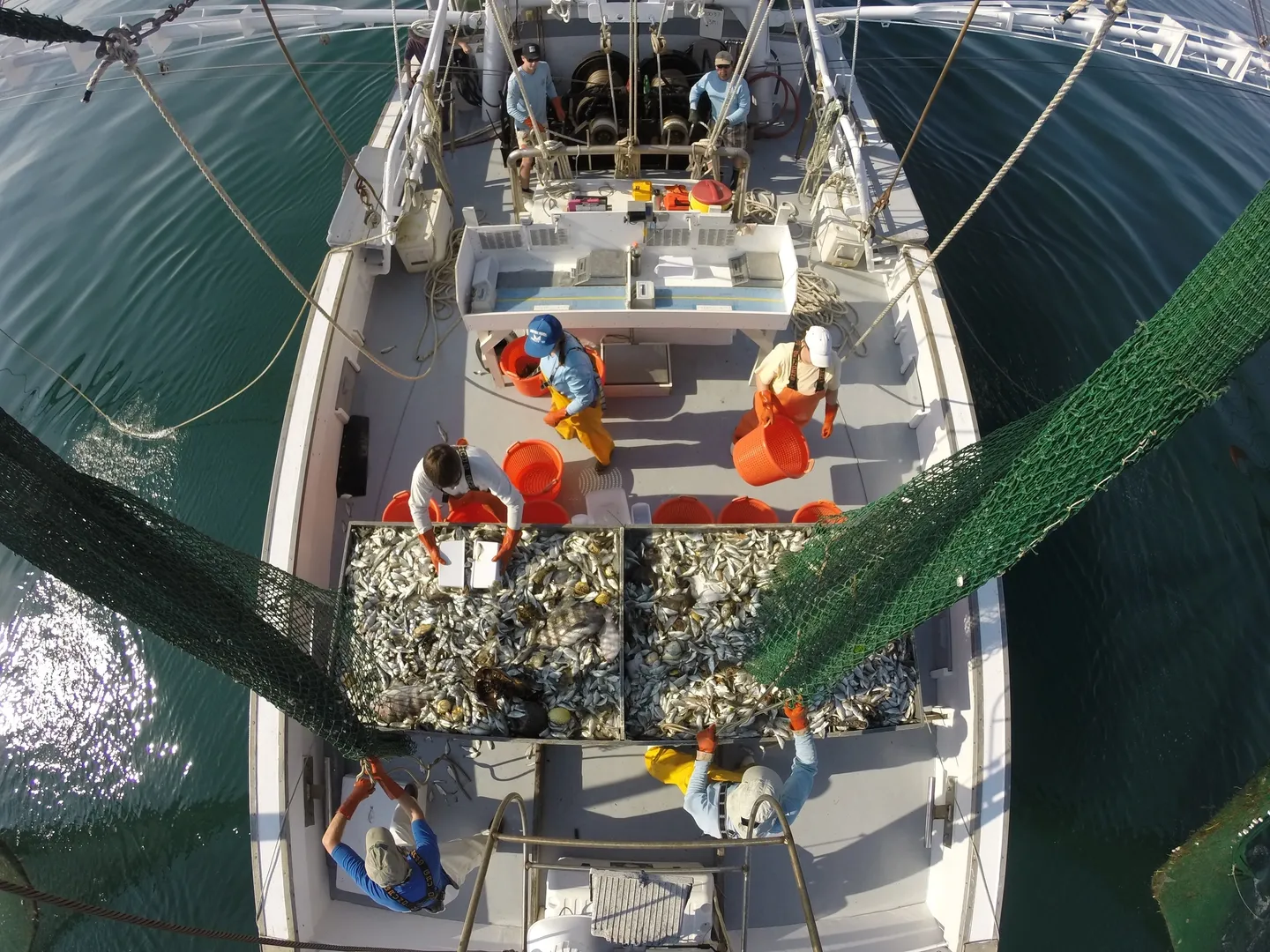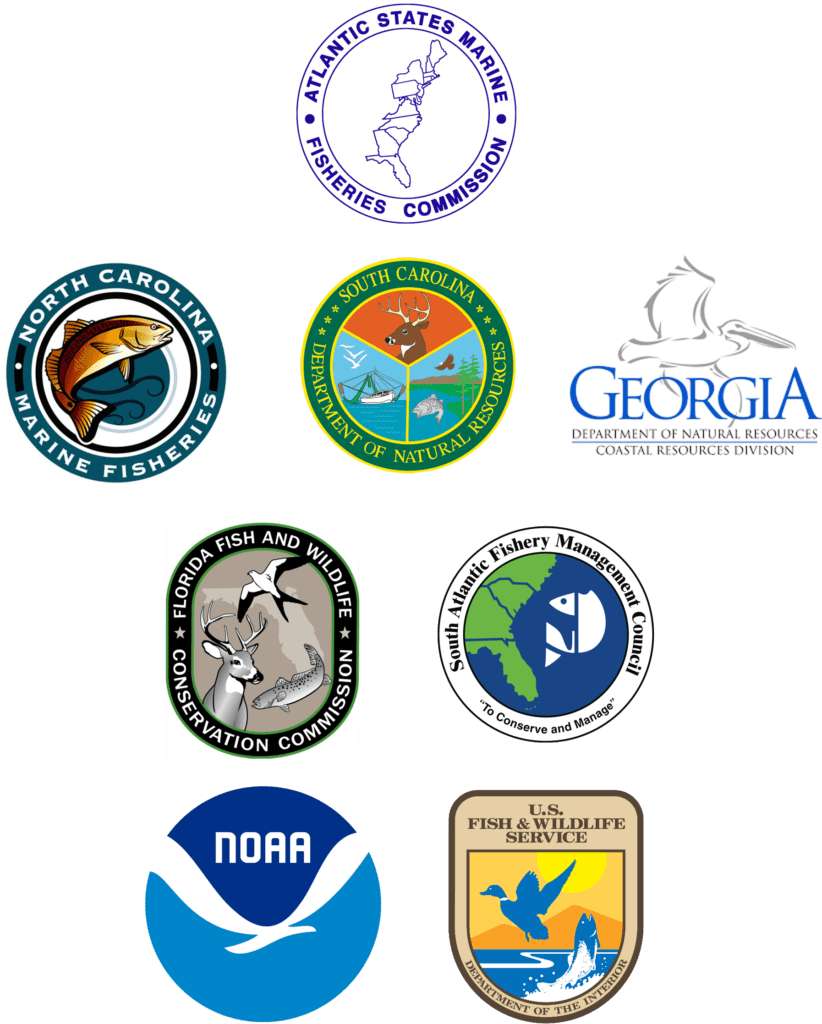Welcome to SEAMAP - South Atlantic!

Who We Are
We are a cooperative program to facilitate the collection, management, and dissemination of fishery-independent data from the waters of the eastern United States. Data collected via the Southeast Area Monitoring and Assessment Program (SEAMAP) are relied upon by government agencies, the commercial and recreational fishing industries, researchers, and others to enhance knowledge of marine fisheries and their associated ecosystems. Composed of 3 regional branches, we span from North Carolina to Texas to the U.S. Virgin Islands.
Our Structure
SEAMAP-South Atlantic consists of 5 surveys run across 3 states (North Carolina, South Carolina, and Georgia). These surveys are funded by the National Marine Fisheries Service and U.S. Fish and Wildlife and managed by the Atlantic States Marine Fisheries Commission.


